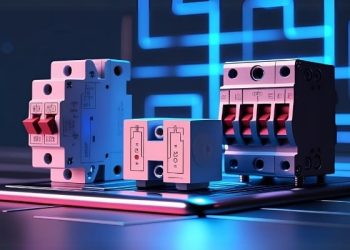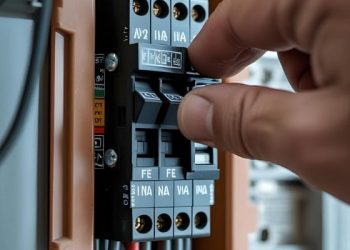Lights Are On but Power’s Not At Home
Discovering that your lights are working, but there’s no power at your power points can be quite perplexing. In such cases, it’s important to identify the underlying problem to ensure the safety of your home and family. This blog post will guide you through the troubleshooting process, helping you understand the potential causes and steps to resolve the issue.
Additionally, we’ll provide some valuable tips to protect your home from electrical failures. If you’re unsure or need assistance, don’t hesitate to contact licensed electricians who can provide expert advice and services.
Understanding the Issue
Identifying a Faulty Power Circuit
1. Locate the Switchboard
We prioritize customer satisfaction with punctual, respectful service, ensuring on-time appointments and thorough post-service cleanup for a tidy experience.
2. Resetting the Socket Circuit:
If you find that the socket circuit has tripped, simply switch it back on. However, if the switch repeatedly trips off, it's time to conduct an isolation test, as one of your appliances may be causing the power loss.
3. Unplug Appliances and Perform an Isolation Test:
Unplug all appliances connected to the circuit. Merely turning them off won't suffice. Afterward, switch the circuit back on. If it still trips, there may be a fault between the switch and the sockets, necessitating the expertise of an electrician. However, if the circuit remains functional, you can proceed to identify the faulty appliance.
4. Identifying the Faulty Appliance:
Begin the process of individually plugging each appliance back in, one at a time. The appliance that causes the circuit to trip is likely the one with the fault. To confirm, you can also test another appliance in the same power point to rule out any issues with the socket itself. If it turns out to be an appliance issue, consider repairing or replacing it. However, if you suspect a problem with the power point, refrain from using it until a licensed electrician has assessed the situation.
Safety Measures and Additional Protection
In addition to resolving the immediate issue, it’s important to take preventive measures to safeguard your home and family from electrical failures.
Consider the following steps:

Install a Residual Current Device (RCD)

Utilize Surge Protectors

Upgrade your Switchboard
Conclusion:
Discovering that your lights work, but power points do not can be a frustrating experience. By following the troubleshooting steps outlined above, you can identify the underlying problem and take appropriate action. However, if you’re uncertain or require professional assistance, don’t hesitate to reach out to licensed electricians who possess the expertise to handle any electrical situation.
The Plumbing & Electrical Doctor is ready to provide electrical services in Canberra, Newcastle, Central Coast, Hunter Valley, Lake Macquarie, and Port Stephens. Contact us at 13 10 91 for help in identifying and resolving your electrical faults.
THE DOCTOR GETS IT DONE
